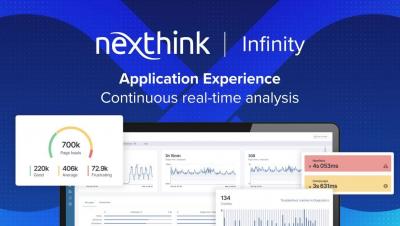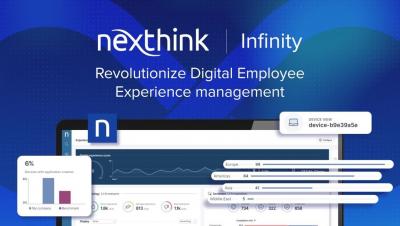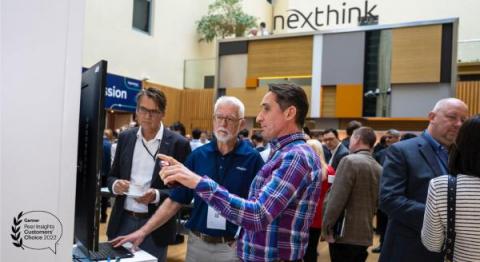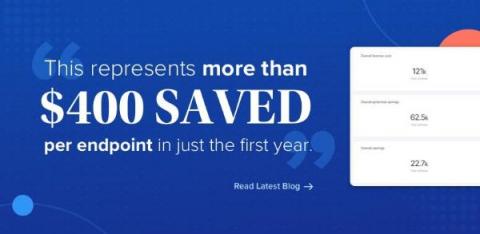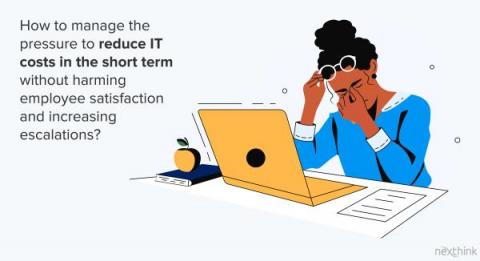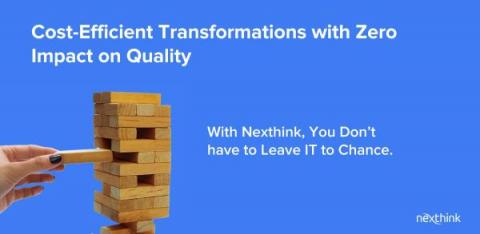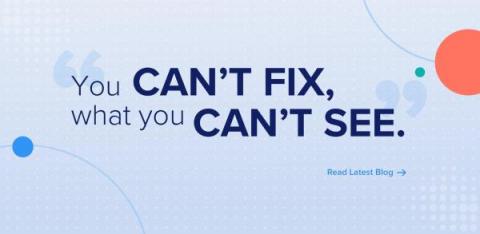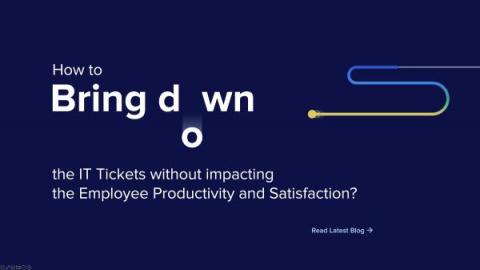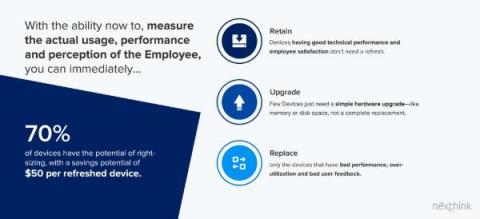Operations | Monitoring | ITSM | DevOps | Cloud
December 2022
Nexthink Infinity: Platform Overview
Thank You Nexthink Community for A Great 2022
Hello Nexthinkers, Today is a great day for us. We just received the amazing news that for the second year running we have won 2022 Gartner Peer Insights the Customer Choice award! I wanted to take this opportunity to thank our entire community and also share why this is a big deal for us.
How IT Can Save $400 per Endpoint in Less Than a Year
For IT and EUC teams, reducing costs is easier said than done. You can’t just blindly reduce headcount, delay transformation projects, or extend hardware lifecycles in the hopes of appeasing your CFO’s demands for short-term cost reduction. The reality is, rushed cost-cutting will put your service desk under pressure. In turn, such self-inflicted inefficiencies will only result in performance degradations, additional tickets, and escalations.
How to Reduce IT Costs without Increasing Incidents or Escalations
With organizations across industries facing inflationary pressures and the threat of recession, CFOs are forced to impose cost-cutting measures to improve cost efficiency across teams to tide through these tough times. This has resulted in IT teams being faced with a dilemma. How to improve the cost-effectiveness of the team without impacting employee satisfaction and service desk productivity?
Driving Cost-Efficient Transformations Without Impacting Quality
The only constant in the technology industry is CHANGE. We all know that while change may be a constant and has the potential to bring enormous benefits to an organization, change can also be incredibly disruptive. Technology trends such as Cloud, BYOD (Bring Your Own Device), virtual applications and desktops, and mobility have resulted in increased data volume, variety, velocity and complexity, and have turned IT operations management into an overwhelming challenge.
Reduce Software License Cost through "Usage-Based" Application Optimization
Enterprises are looking at Software as the key differentiator to render faster services to their customers, which has led to an exponential rise in the number of Enterprise software being onboarded and deployed. The recent move to remote and hybrid working has accelerated this trend. Currently, IT teams are managing an average of 170+ Enterprise apps in large organizations and 70+ in small and medium organizations (Okta report).
Solving the Top 3 IT Visibility Challenges in the Digital Workplace
Managing workplace technology is more complex now than ever before. The world as we see it has changed, leading to a burst of technological innovations aimed at creating efficient digital workplaces creating more flexibility for employees but are something of a monster for IT to manage. Managing the complexity of the digital workplace at an enterprise level requires visibility into every digital asset.
3 steps to reduce IT Tickets without impacting End User Satisfaction and Productivity
Recently, a top consulting firm’s VP, of IT Operations, managing 80K endpoints asked: “What shall we do to Drive down the Service Desk cost by 30%?” This doesn’t come as a surprise. In fact, we’ve been hearing this question from many IT teams lately, across all industries. EUC managers know that reducing Service Desk costs will directly impact employee satisfaction and result in an increase in escalations.
Reduce Hardware Refresh Costs through "Performance-Based" Device Upgrade
In today’s Digital Workplace, Managing Hardware assets efficiently is every IT team’s mandate. Despite the uptick in the adoption of virtualization in various client-side components including end users’ desktops, Their PHYSICAL DEVICE – still plays a significant role in the overall digital experience and their Productivity. However, when it comes to Managing and Upgrading these Devices, most organizations decide to replace the device based on their age.


